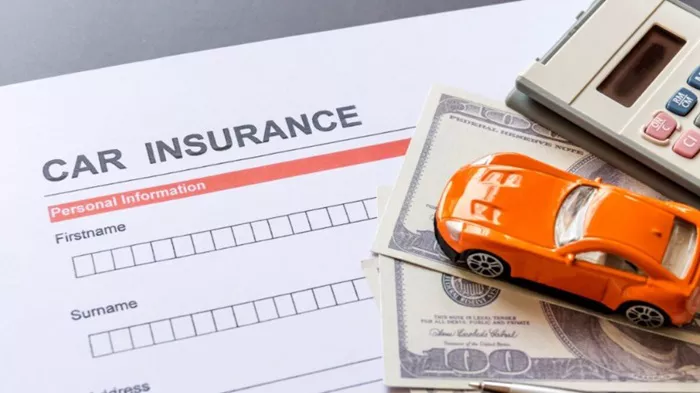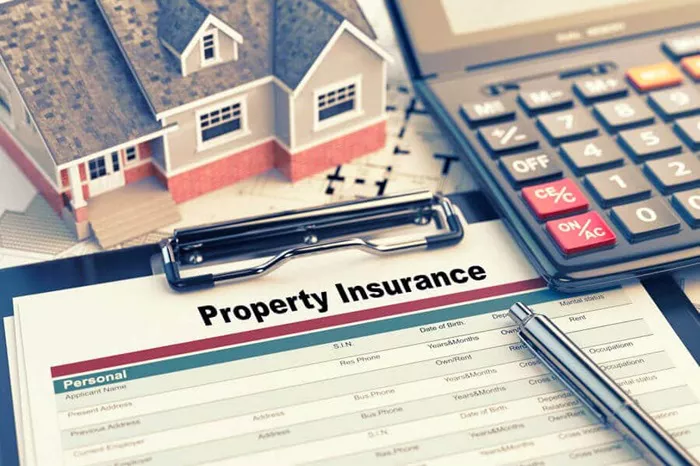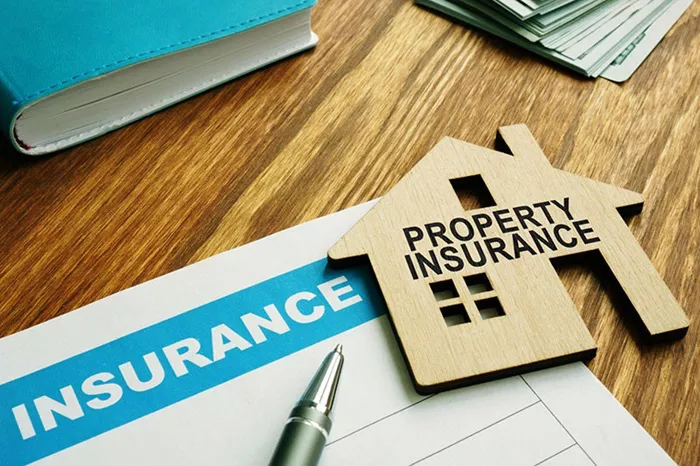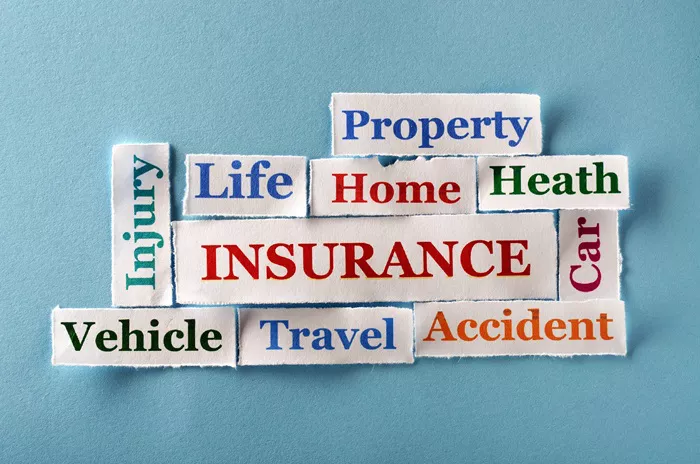When it comes to car insurance, choosing the appropriate car insurance coverage limits is essential for protecting yourself financially in the event of an accident. While each state mandates minimum liability coverage, these minimums may not be sufficient to fully protect you. This guide will help you understand state minimum requirements, the importance of liability coverage, assessing your financial situation, evaluating risk factors, the benefits of comprehensive and collision coverage, uninsured/underinsured motorist coverage, personal injury protection (PIP), and recommendations from insurance experts.
State Minimum Requirements
State Minimum Requirements: Each state in the U.S. requires drivers to carry a minimum amount of liability insurance. This mandatory coverage is designed to ensure that drivers can pay for damages or injuries they cause to others in an accident. State minimums typically include:
Bodily Injury Liability per Person: The maximum amount your insurer will pay for injury to one person in an accident.
Bodily Injury Liability per Accident: The total amount your insurer will pay for all injuries in a single accident.
Property Damage Liability: The maximum amount your insurer will pay for damage to another person’s property.
For example, a state may require minimum liability coverage of 25/50/25, meaning $25,000 for bodily injury per person, $50,000 for bodily injury per accident, and $25,000 for property damage. While meeting these minimums is legally necessary, they may not provide sufficient coverage in a serious accident.
Liability Coverage
Liability Coverage: Liability insurance is crucial as it covers the costs associated with injuries and property damage you cause to others. The coverage is typically expressed in a three-number format, such as 100/300/100, which means:
$100,000 for Bodily Injury per Person: This is the maximum amount the insurance company will pay for injuries to a single person.
$300,000 for Bodily Injury per Accident: This is the total amount the insurance company will pay for all injuries in a single accident.
$100,000 for Property Damage: This is the maximum amount the insurance company will pay for property damage caused by an accident.
Choosing higher liability limits can provide greater financial protection. If the costs exceed your coverage limits, you may be personally responsible for the remaining expenses, potentially jeopardizing your financial stability.
see also: How Much Is RV Insurance Canada
Assessing Financial Situation
Assessing Financial Situation: Your financial situation and net worth should significantly influence your car insurance limits. Generally, it is recommended to have liability coverage equal to your net worth. This ensures that in the event of a significant accident, your assets are protected. If you have considerable assets, higher limits like 250/500/100 may be more appropriate to shield you from potential lawsuits and financial loss.
Risk Evaluation
Risk Evaluation: Evaluating your risk factors can help determine the appropriate level of coverage. Consider the following:
Driving Habits: Frequent driving, long commutes, or driving in high-traffic areas can increase the likelihood of accidents.
Environment: Living in areas with higher crime rates or adverse weather conditions may necessitate higher coverage.
Vehicle Usage: If you often drive with passengers or for business purposes, you may need higher coverage to protect against potential claims.
By assessing these factors, you can tailor your insurance coverage to better match your risk profile.
Coverage Beyond Liability
Coverage Beyond Liability: While liability insurance covers damages and injuries to others, comprehensive and collision coverage protect your own vehicle. These coverages include:
Collision Coverage: Pays for repairs or replacement of your vehicle if it’s damaged in an accident, regardless of fault.
Comprehensive Coverage: Covers non-collision-related damage to your vehicle, such as theft, vandalism, natural disasters, and falling objects.
Having both types of coverage ensures that you are protected against a wide range of incidents, not just those involving other drivers.
Uninsured/Underinsured Motorist Coverage
Uninsured/Underinsured Motorist Coverage: This type of coverage is crucial, especially in states with high rates of uninsured drivers. It provides protection if you are involved in an accident with a driver who either has no insurance or insufficient coverage to pay for your damages. This coverage can include:
Bodily Injury: Covers medical expenses for you and your passengers.
Property Damage: Pays for repairs to your vehicle.
Given the number of uninsured or underinsured drivers on the road, this coverage is an essential addition to your policy.
Personal Injury Protection (PIP)
Personal Injury Protection (PIP): PIP coverage is required in some states and optional in others. It provides medical expense coverage for you and your passengers, regardless of who is at fault in an accident. PIP can cover:
Medical Expenses: Hospital bills, surgical costs, and rehabilitation expenses.
Lost Wages: Compensation for lost income due to injuries from the accident.
Funeral Expenses: In the event of a fatal accident, PIP can cover funeral costs.
PIP ensures that you have access to necessary medical care and financial support following an accident, regardless of fault.
Insurance Experts’ Recommendations
Insurance Experts’ Recommendations: Insurance professionals often recommend higher liability limits to ensure adequate protection. A commonly suggested limit is 100/300/100, which provides:
- $100,000 for Bodily Injury per Person
- $300,000 for Bodily Injury per Accident
- $100,000 for Property Damage
These higher limits can offer better financial protection in serious accidents, reducing the risk of out-of-pocket expenses and financial loss.
Conclusion
Choosing the right car insurance limits is a critical decision that can significantly impact your financial security. While state minimum requirements provide a baseline, they are often insufficient for adequate protection. By understanding the importance of liability coverage, assessing your financial situation and risk factors, and considering additional coverages like comprehensive, collision, uninsured/underinsured motorist, and PIP, you can tailor your insurance policy to meet your needs. Consulting with insurance experts and opting for higher limits can further ensure that you are well-protected against the potential financial repercussions of an accident. Remember, the right insurance coverage not only protects your assets but also provides peace of mind on the road.
[inline_related_posts title=”You Might Be Interested In” title_align=”left” style=”list” number=”6″ align=”none” ids=”1869,1822,1698″ by=”categories” orderby=”rand” order=”DESC” hide_thumb=”no” thumb_right=”no” views=”no” date=”yes” grid_columns=”2″ post_type=”” tax=””]






















